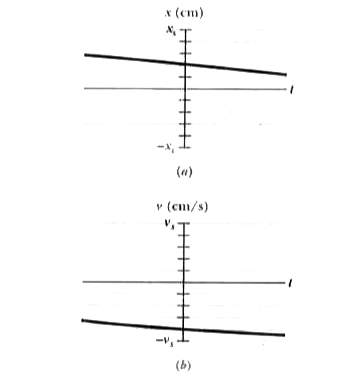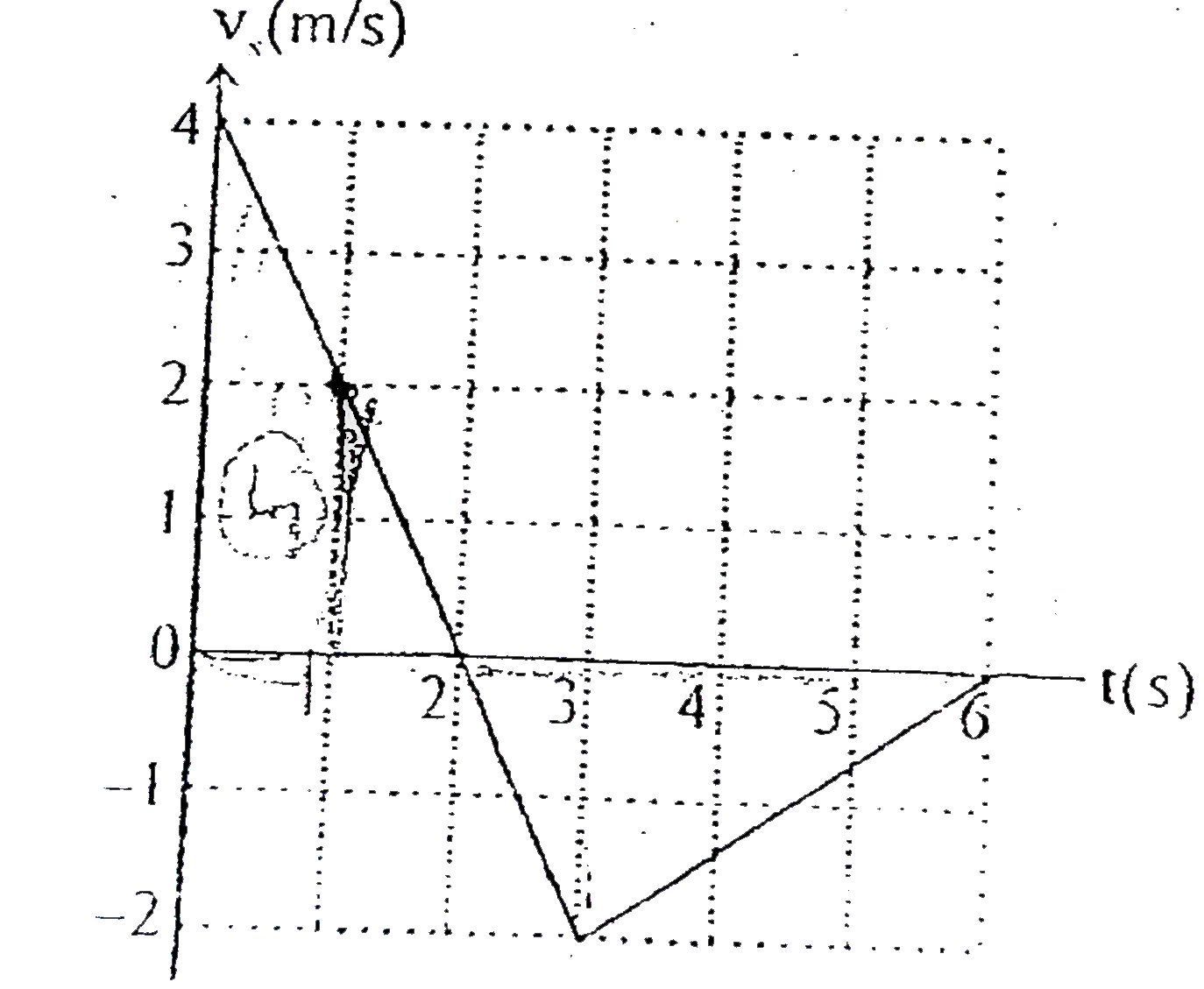Figure 15.32a is a partial graph of the position function x(t) for a simple harmonic oscillator with an angular frequency of 1.00 rad/s. Fig 15.32b is a partial graph of the corresponding velocity function v(t). The vertical axis scales are set by xs=5.00cmandvs=10.0cm/s. What is the phase constant of the SHM if the position function x(t) is in the general form x=xmcos(ωt+ϕ)?

1.33 rad (or 4.96 rad)
Topper's Solved these Questions
- OSCILLATIONSBOOK - RESNICK AND HALLIDAYCHAPTER - OSCILLATIONSEXERCISE - Practice Questions
57 Videos
- OSCILLATIONSBOOK - RESNICK AND HALLIDAYCHAPTER - OSCILLATIONSEXERCISE - Checkpoint
8 Videos
- MOTION IN TWO AND THREE DIMENSIONSBOOK - RESNICK AND HALLIDAYCHAPTER - MOTION IN TWO AND THREE DIMENSIONSEXERCISE - PRACTICE QUESTIONS (MATRIX-MATCH)
10 Videos
- PHOTONS AND MATTER WAVESBOOK - RESNICK AND HALLIDAYCHAPTER - PHOTONS AND MATTER WAVESEXERCISE - PRACTICE QUESTIONS(Integer Type)
4 Videos
Similar Questions
The initial position and velocity of a body moving in SHM with period T=0.25s are x=5.0cm and v=218cm/s. What are the amplitude and phase constant of the motion ?
View SolutionThe initial position and velocity of a body moving in SHM with period T=0.25s are x=5.0cm and v=218cm/s. What are the amplitude and phase constant of the motion ?
View Solution
Knowledge Check
The x−t graph of a particle undergoing simple harmonic motion is shown in figure. Acceleration of particle at t=4/3s is
 A√332π2cm/s2B−π232cm/s2Cπ232cm/s2D−√332π2cm/s2
A√332π2cm/s2B−π232cm/s2Cπ232cm/s2D−√332π2cm/s2The displacement of a simple harmonic oscillator is, x = 5 sin (πt/3)m. Then its velocity at t = 1 s, is
Aπ6m/sB5π6m/sC6π6m/sDπ2m/svx is the velocity of a particle moving along the x-axis as shown in the figure. If x=2.0m at t=1.0s, what is the position of the particle at t=6.0s ?
 A−2.0 mB+2.0 mC+1.0 mD−1.0 m
A−2.0 mB+2.0 mC+1.0 mD−1.0 m
Figure 15.39 shows the kinetic energy K of a simple harmonic oscillator versus its position x. The vertical axis scale is set by Ks=8.0J. What is the spring constant?

View SolutionThe x−t graph of a particle undergoing simple harmonic motion is shown in figure. Acceleration of particle at t=4/3s is

View SolutionThe x−t graph of a particle undergoing simple harmonic motion is shown in figure. Acceleration of particle at t=4/3s is

View SolutionVx is the velocity of a particle of a particle moving along the x−axis as shown. If x=2.0m at t=1.0s, what is the position of the particle at t=6.0s?

View SolutionVx is the velocity of a particle of a particle moving along the x−axis as shown. If x=2.0m at t=1.0s, what is the position of the particle at t=6.0s?

View Solution
